
Waiting for Your Cat to Bark?
Persuading Customers When They Ignore Marketing
Recommendation
You live in a new multimedia world. Customers call the tune, and marketers need to know how to make them dance. Techno-savvy, web-savvy and advertising-savvy consumers know all about your marketing methods and consider themselves immune. You must cajole, persuade and seduce them into hearing your message and wanting your product. Marketing experts Bryan and Jeffrey Eisenberg, writing with Lisa T. Davis, have learned to understand and translate this new marketing paradigm, calling it “Persuasion Architecture.” In their straightforward and anecdotal, if jargony, book – a standard that is slightly showing its age – they provide the overview, principles, strategy and techniques you need to find, attract and keep the right customers. getAbstract recommends this informative guide to marketers and salespeople seeking solid backgrounding.
Summary
About the Authors
Bryan Eisenberg and Jeffrey Eisenberg, co-founders of Future Now, Inc., wrote Call to Action. They co-wrote Persuasive Online Copywriting with Lisa T. Davis, Future Now’s content director and the author of GrokDotCom.




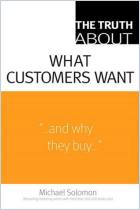
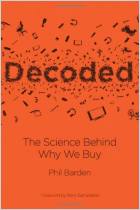

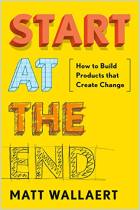
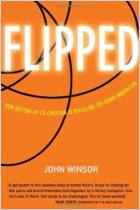
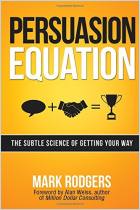



Comment on this summary